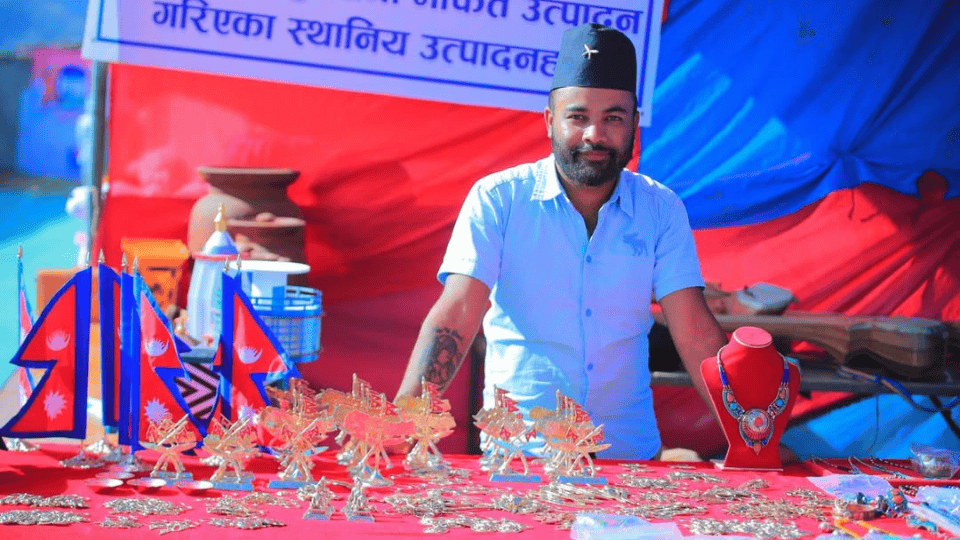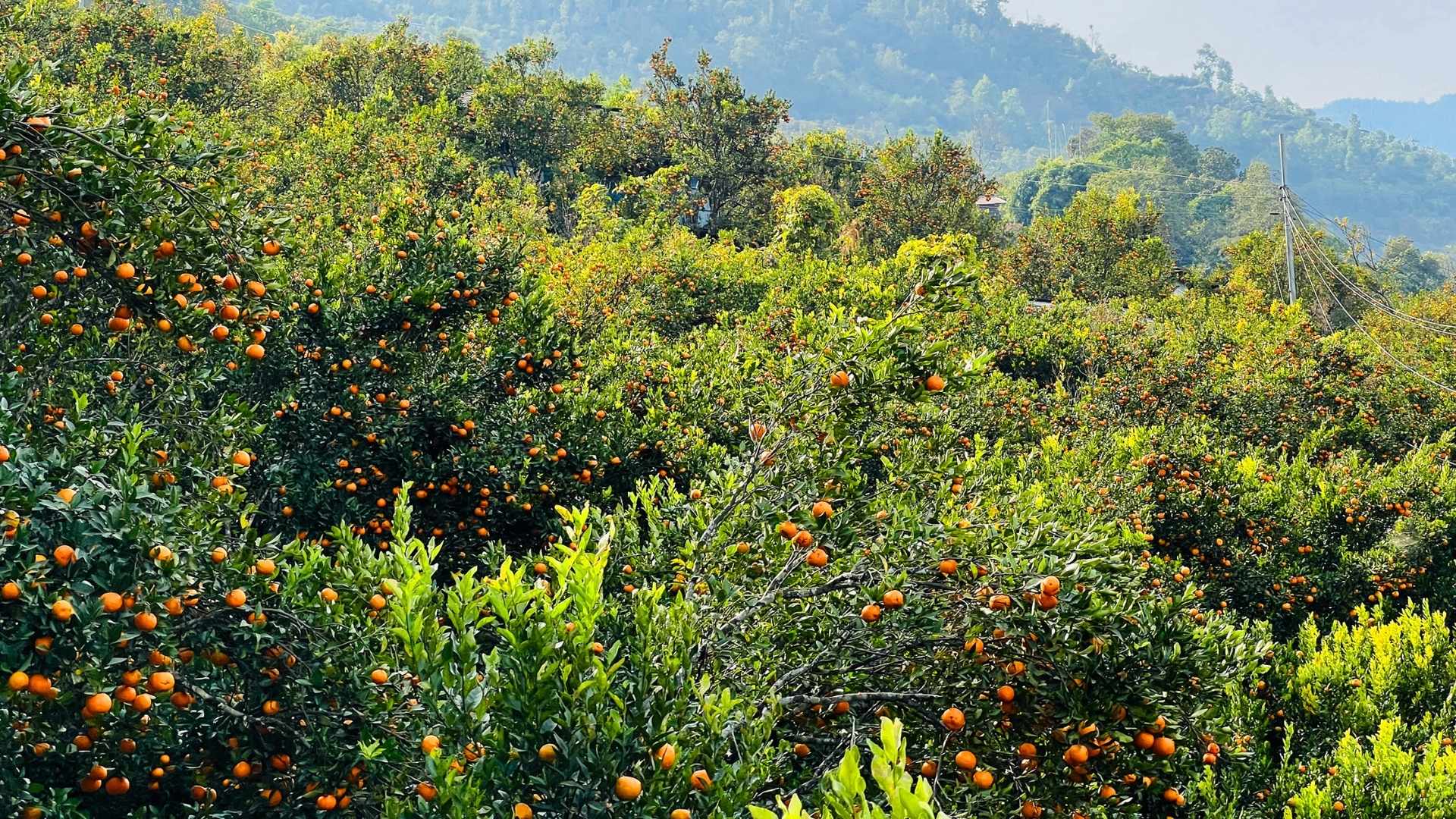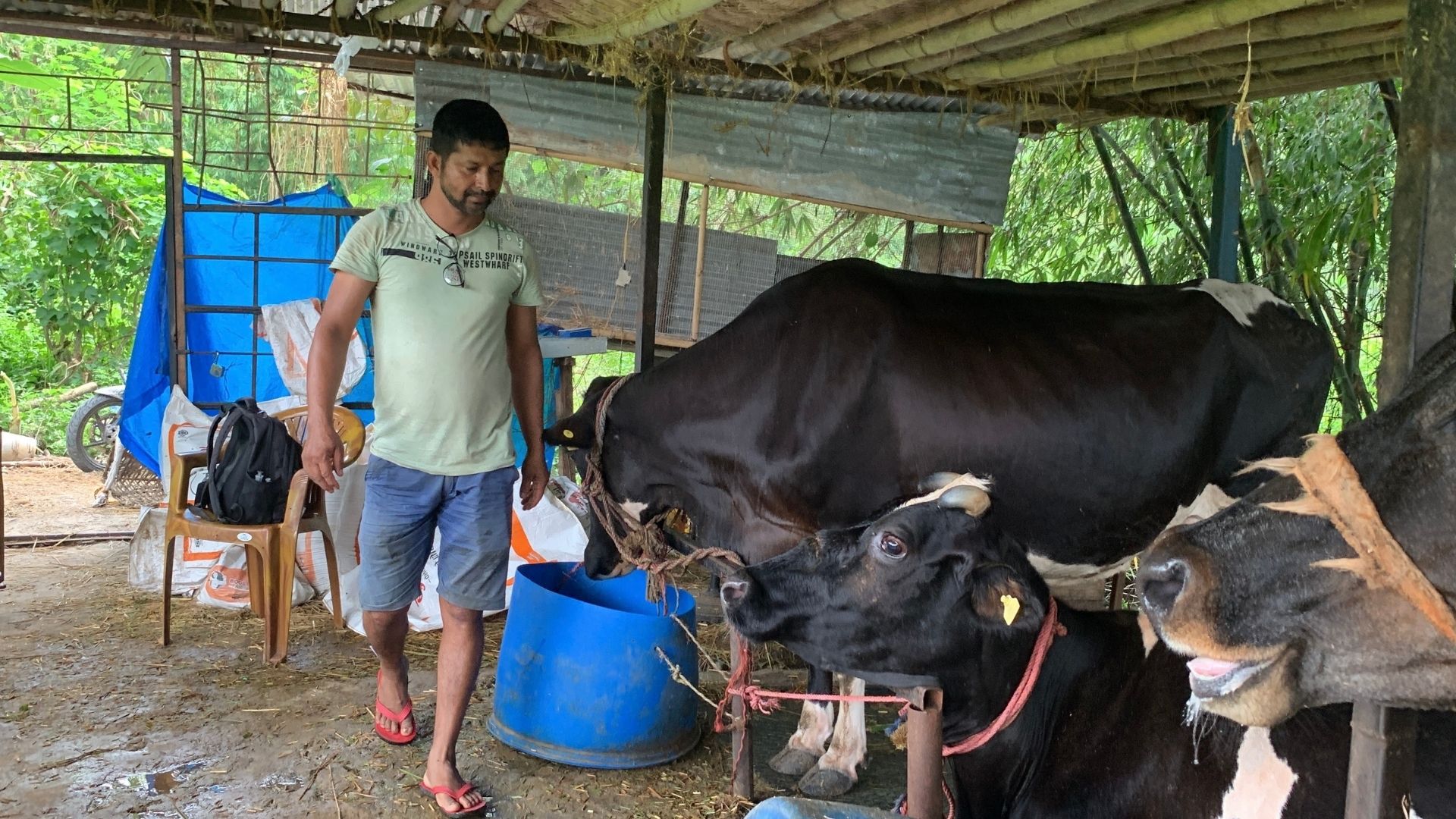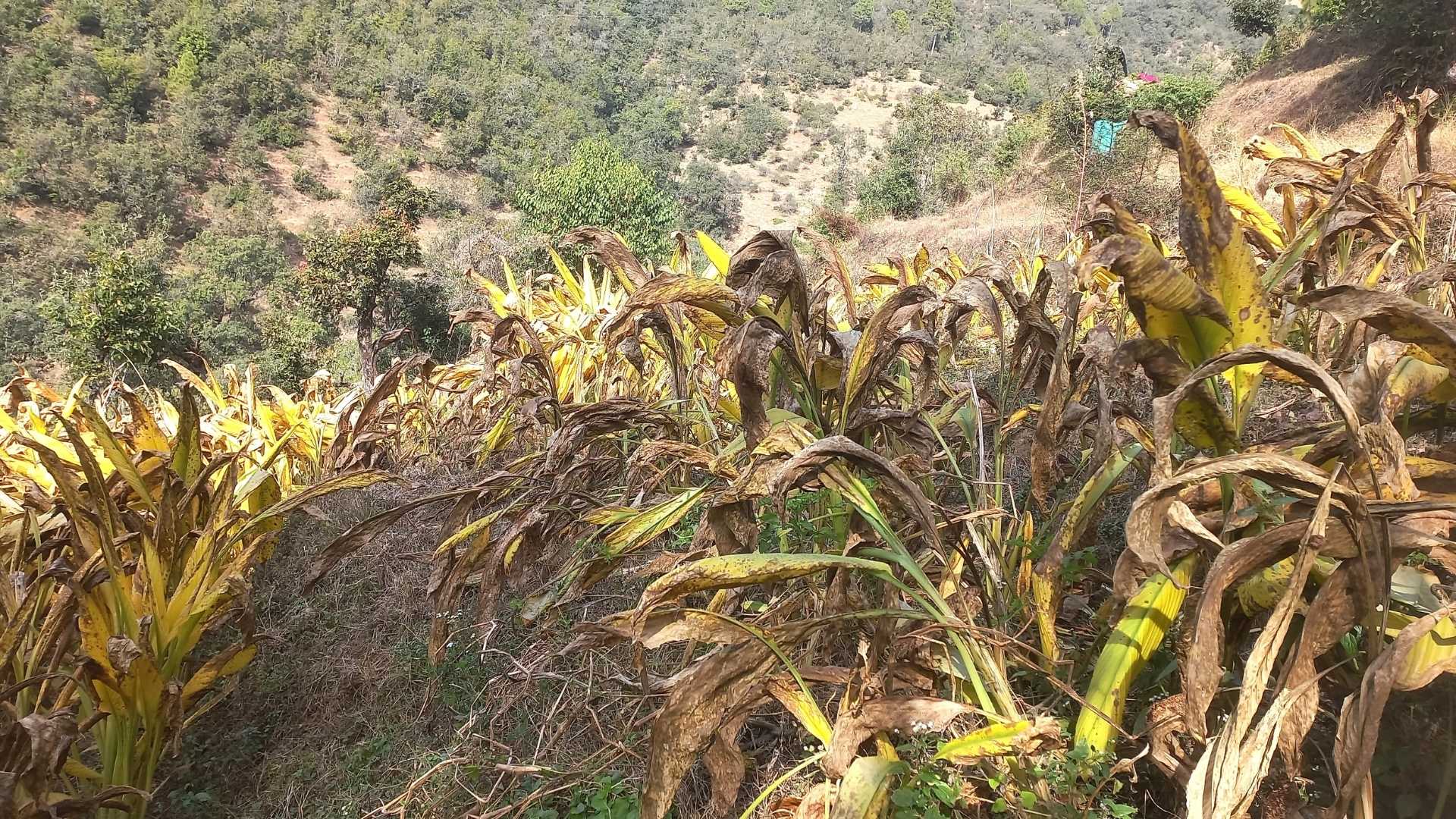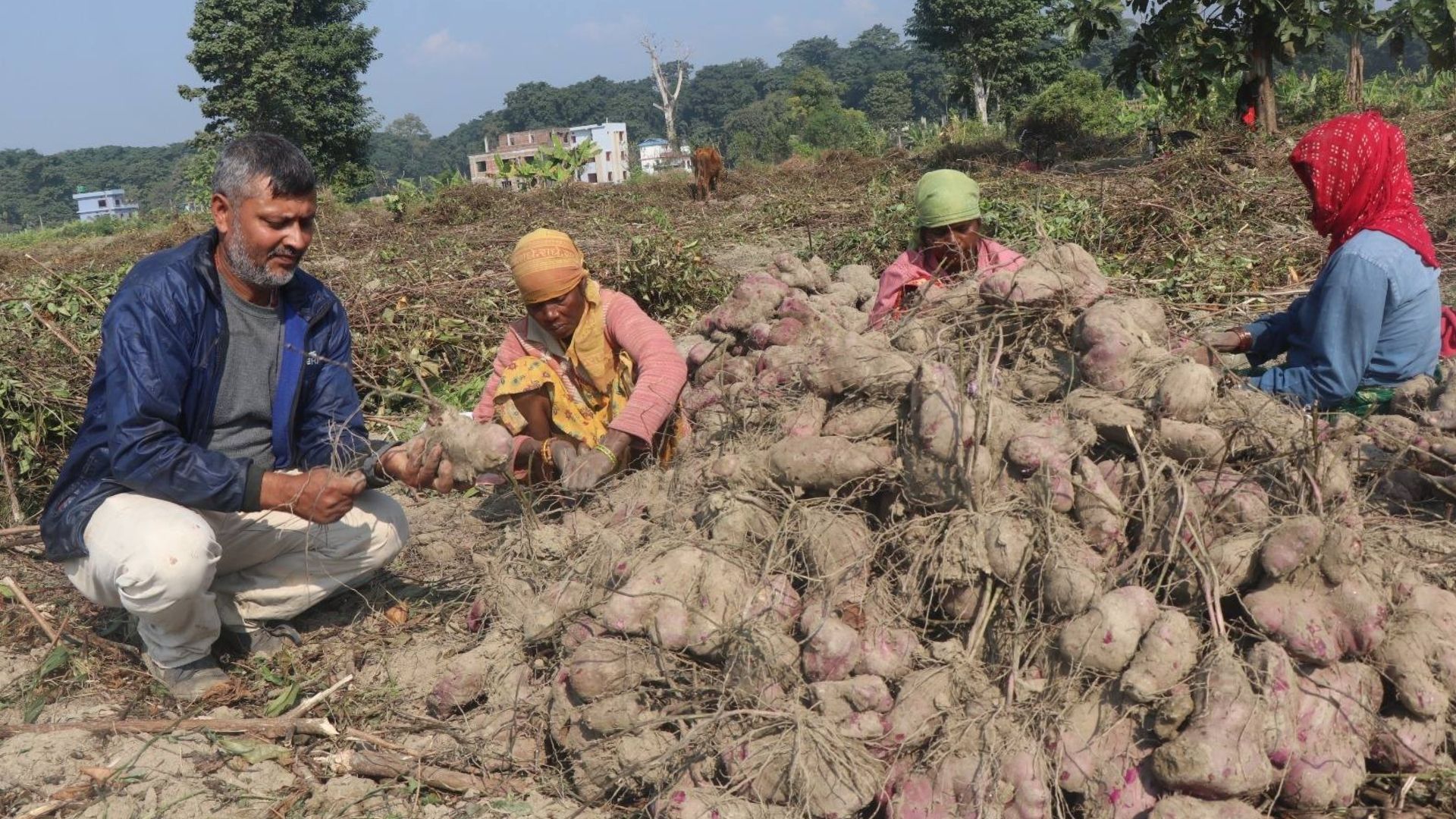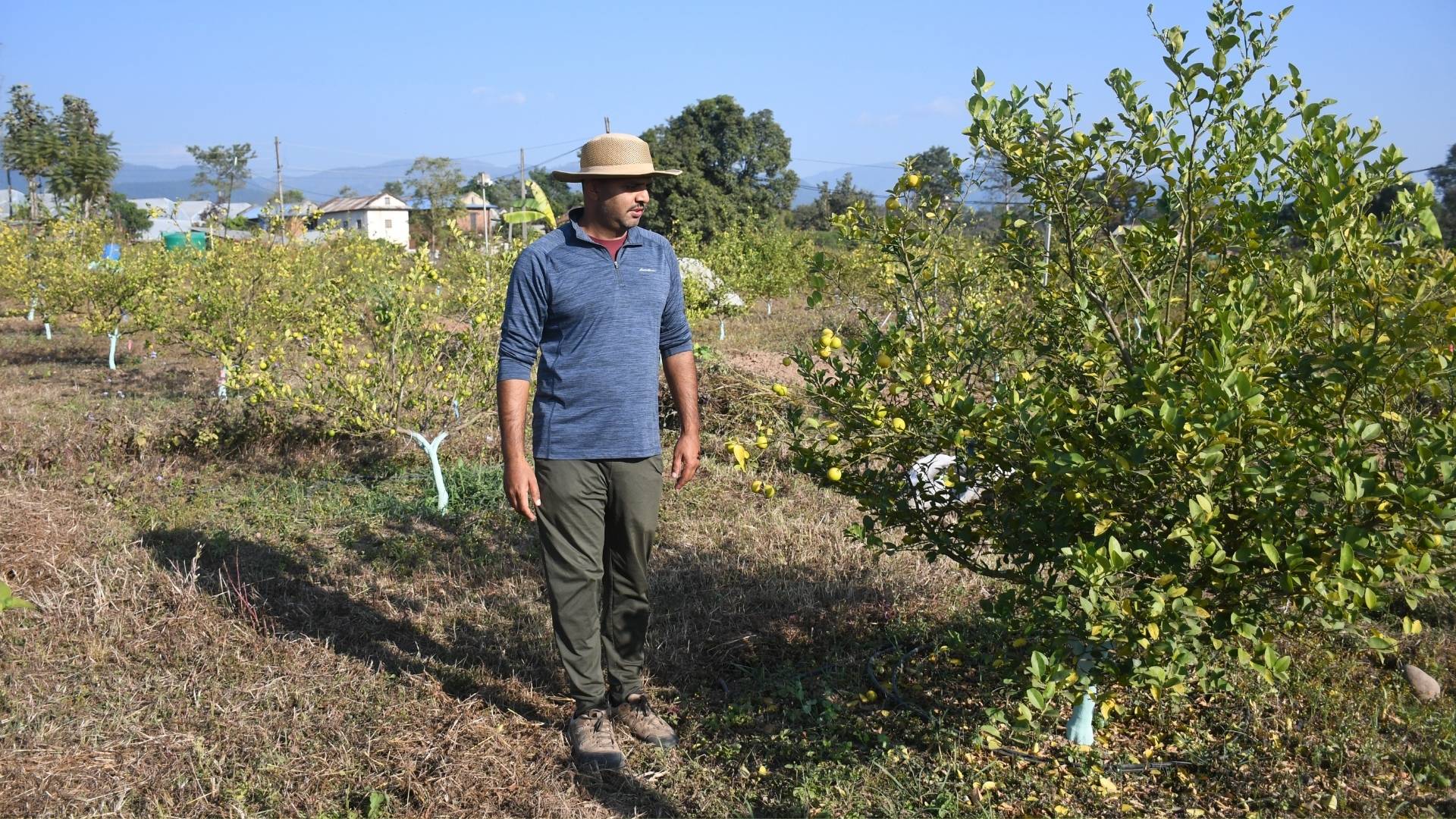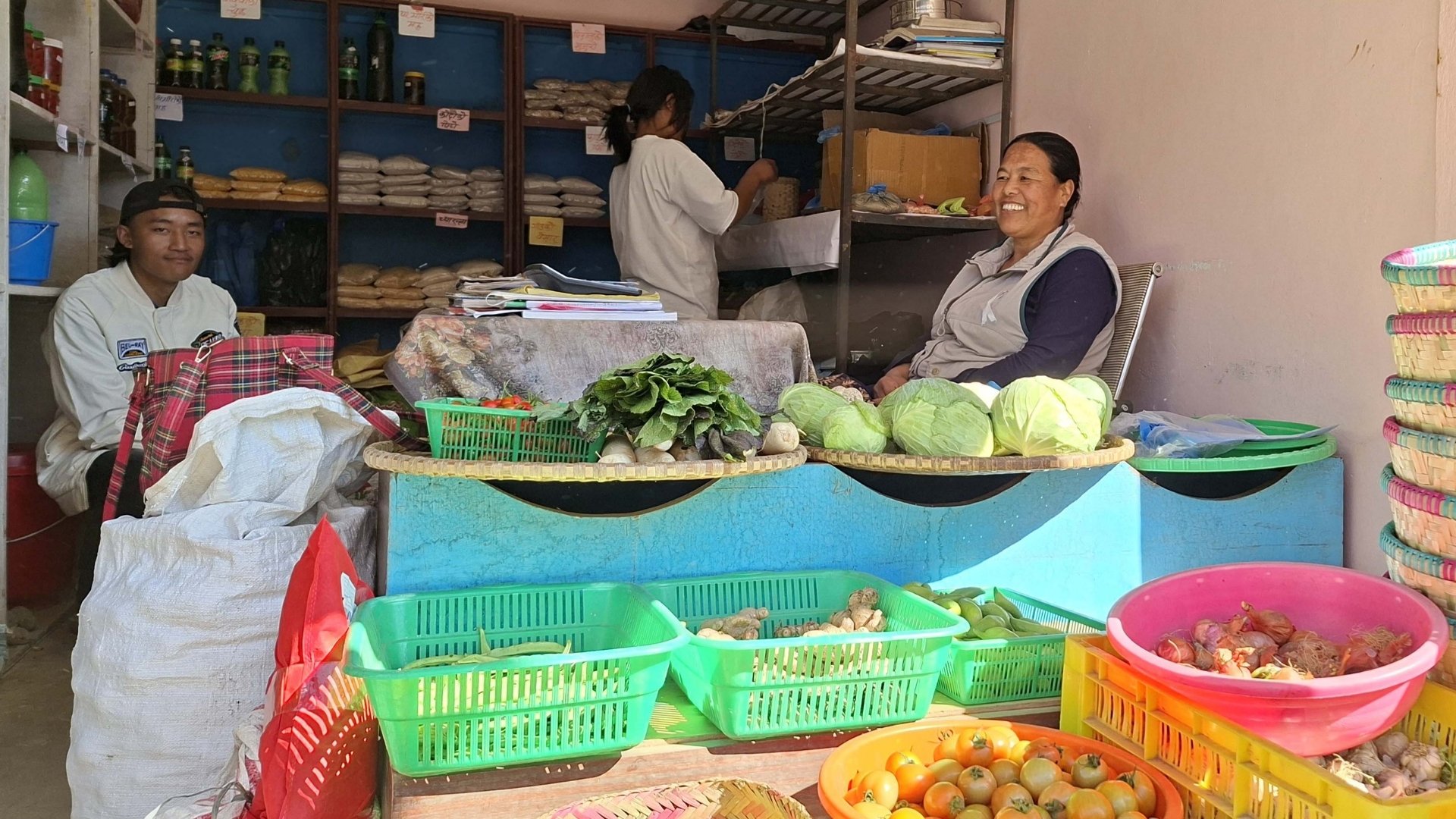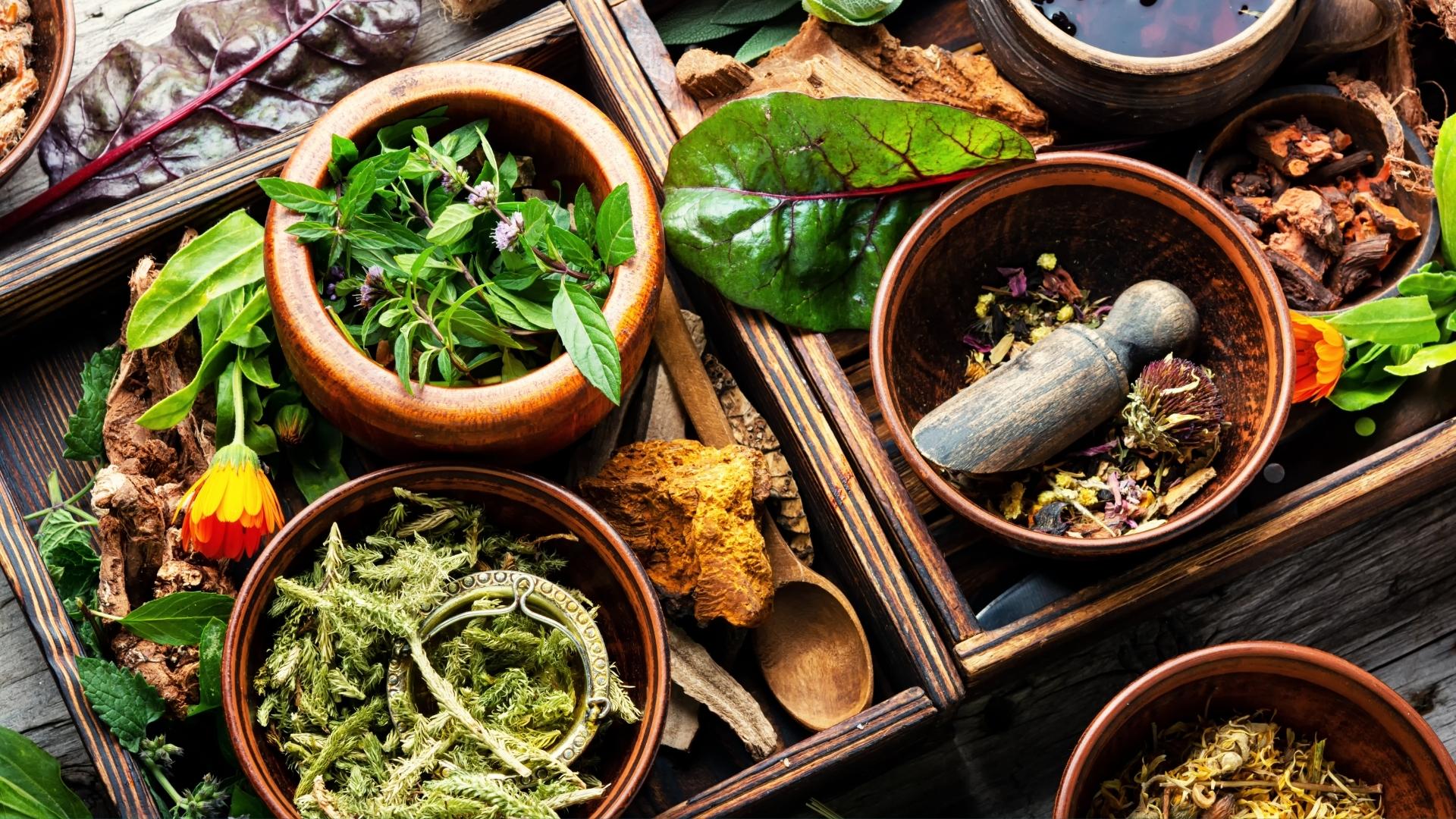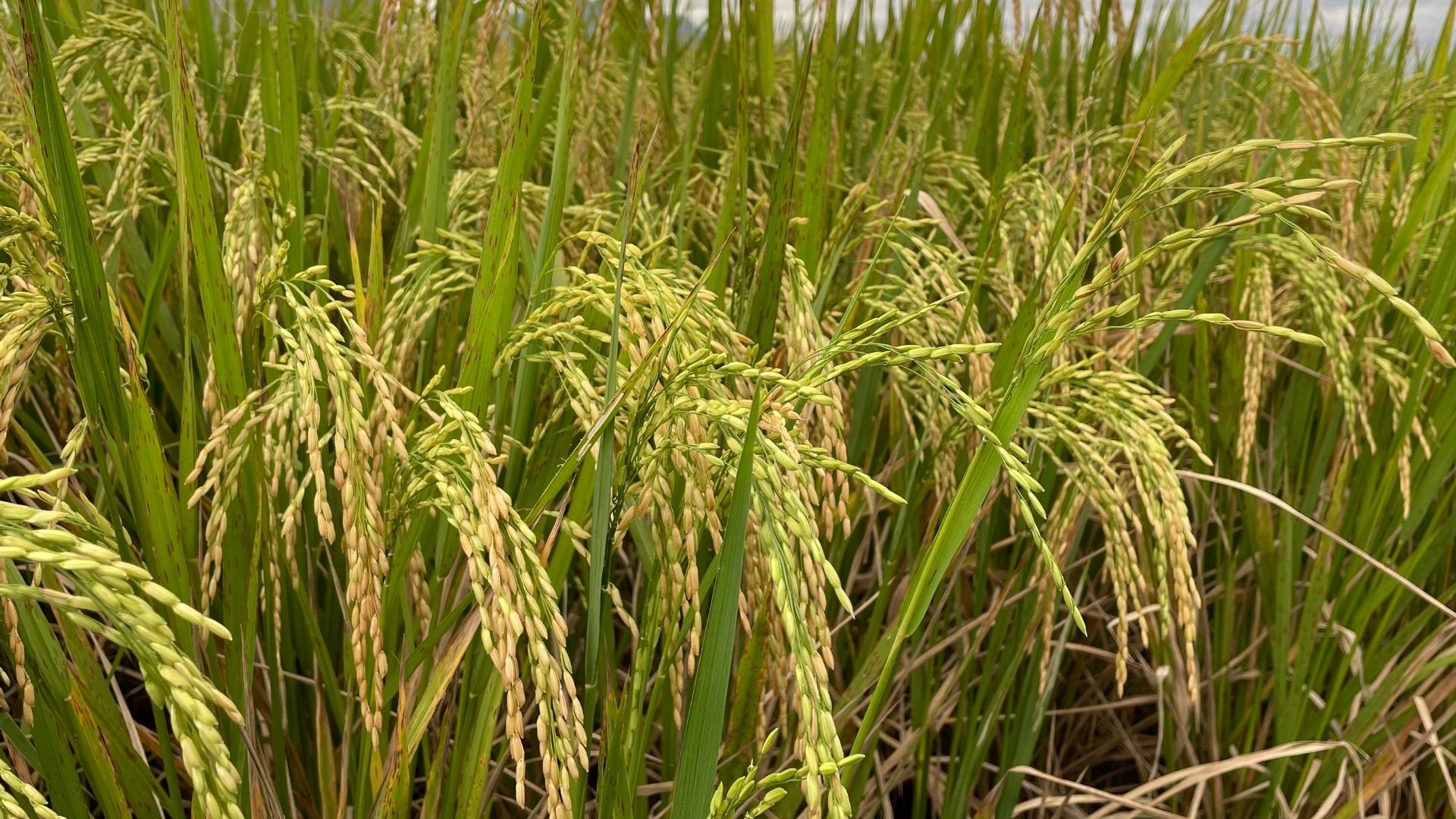There has been a noticeable upsurge in the interest surrounding mushroom cultivation in Nepal. The attraction primarily stems from the minimal initial investment required, the promise of substantial short-term profits associated with this agricultural pursuit and growing demand for mushrooms in Nepalis kitchen. Mushrooms can be grown in a natural environment while use of modern cultivation techniques such as use of controlled environment can also be implemented.
Initially confined to the Kathmandu and Bhaktapur regions, mushroom cultivation has since expanded nationwide. Over the past decade, Nepal has borne witness to a remarkable surge in mushroom production.
[Read about Nuwakot’s Bandevi Krishi Farm here]
Data from the Ministry of Agriculture and Livestock reveals a staggering growth rate of 766% in mushroom production over the last ten years. In the fiscal year 2012/13, the country yielded 1,650 metric tons of fresh mushrooms, a figure that catapulted to 14,300 metric tons in 2021/22.
The recent National sample agriculture census 2021 says 17,554 households are into mushroom farming.
Moreover, the production of mushroom seeds has also experienced a significant rise. In 2012/13, the production amounted to 289,624 bottles of mushroom seeds, whereas by 2021/22, this figure had soared impressively to 1,347,832 bottles.
[You can download “Mushroom Production and Marketing Manual” from our resource section or directly from here“]
It is estimated the current production meets 80% of the domestic mushroom demand, with the remaining portion being imported from countries such as India.
On the other hand, Nepal also exports fresh or chilled mushrooms. In the fiscal year 2021/22, Nepal exported genus agaricus mushroom (Gobre), fresh or chilled, amounting to Rs 2.2 million (3,876 kg) which increased to Rs 19.1 million (6,121 kg) in 2022/23. The total export value saw an increment by 768% in two years.
The country is cultivating a variety of mushroom species, including Kanye, Gobre, and Paraale, Sitaake and Daadu. Experts believe Nepal can produce a wide array of edible mushrooms.




